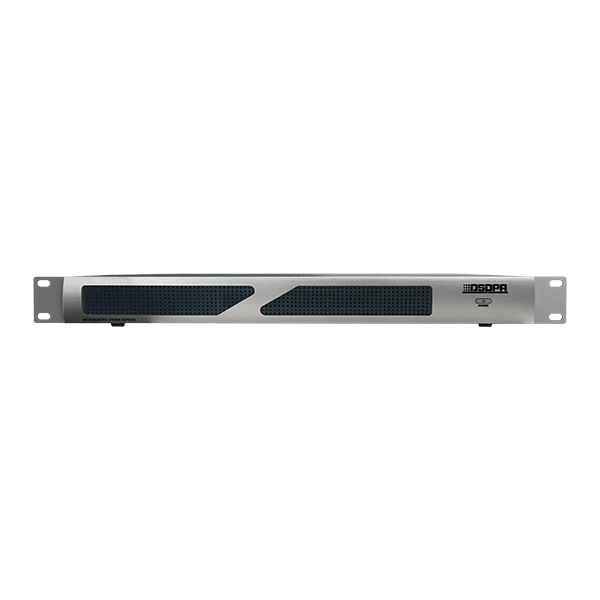
With the popularization of video conferencing system applications, users will have more comprehensive and in-depth functional requirements for it. On the basis of providing basic functions, video conferencing systems should also meet the ever-increasing needs of users, such as the increase in the number of interactive objects, the improvement of video quality, and the enhancement of security and confidentiality. This is also a requirement for further improvement of the environment (technical conditions) required to realize the video conferencing system. Under more complete technical conditions, video conferencing can provide better audio-visual interactive services and promote the further promotion of video conferencing system applications.
At this stage, the main bottlenecks in the application environment of the video conference system are as follows:
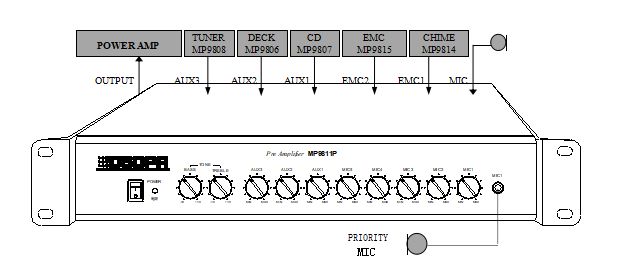
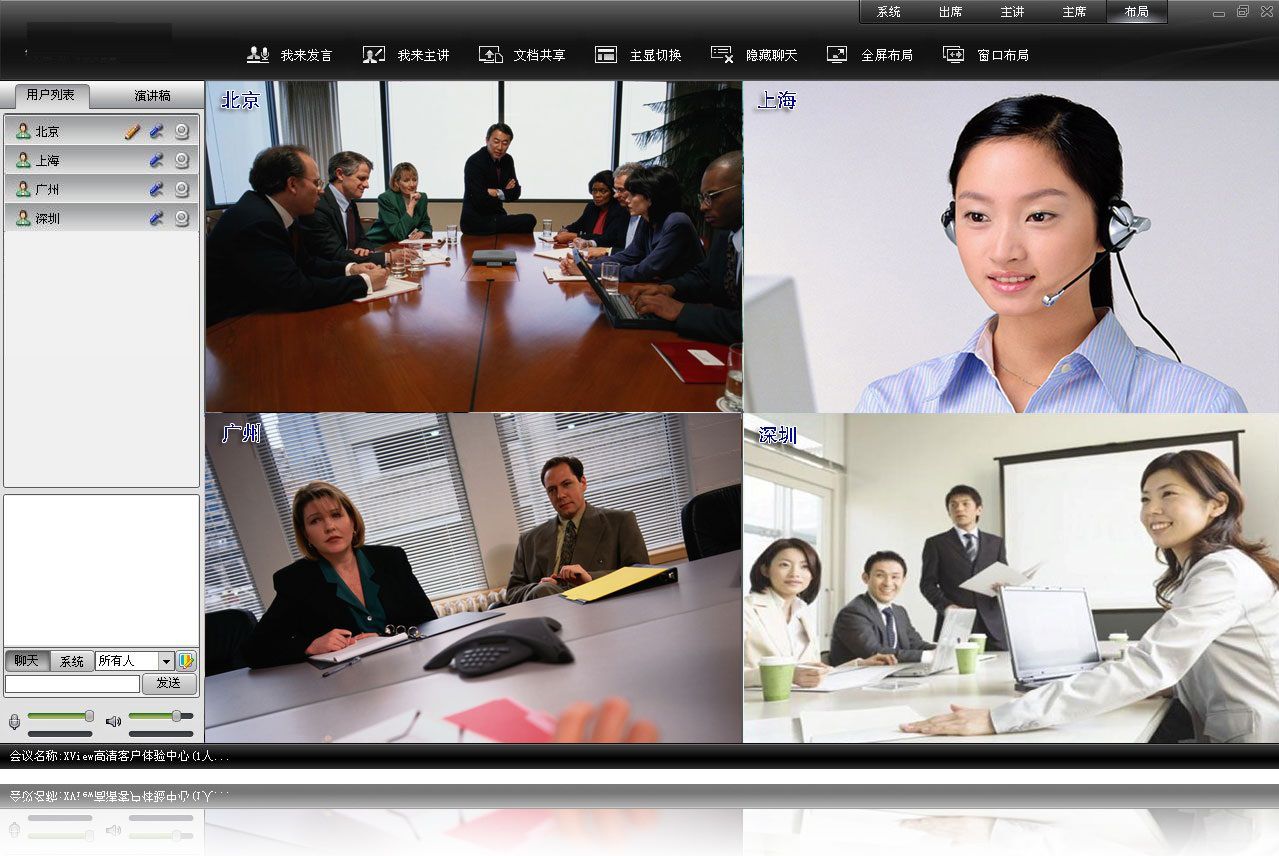
Real-time interactivity puts forward QOS requirements for the network, including basic bandwidth, packet loss rate, delay and jitter. Without the guarantee of these quantitative QOS indicators, our real-time audio and video communication will have obstacles: loss of connection, unresolvable images, interrupted sound, obvious signal lag, and discontinuity of pictures. The video conferencing system has developed to today, and its underlying support network is mainly an IP network, which is also the development trend of communication networks.
The bandwidth resource of the communication network required by the video conference system has a bottleneck at the access network. The access network at the user terminal is relatively tight. At present, the access methods of network users mainly include dial-up Internet access, xDSL (digital subscriber line), optical fiber access or HFC (optical fiber coaxial cable hybrid) access, and wireless access. From this point of view, there should be no restrictions to make the video conferencing system a tool for people's daily work and life. Therefore, optical fiber access is an inevitable development trend of access technology.
The video conference system needs to transmit various information such as voice, image, data and control. It needs to use a lot of network resources, such as establishing a connection, obtaining a real IP address, using multiple ports, and the actual network firewall, proxy server and router. The facility imposes numerous restrictions on the operation of network resources.
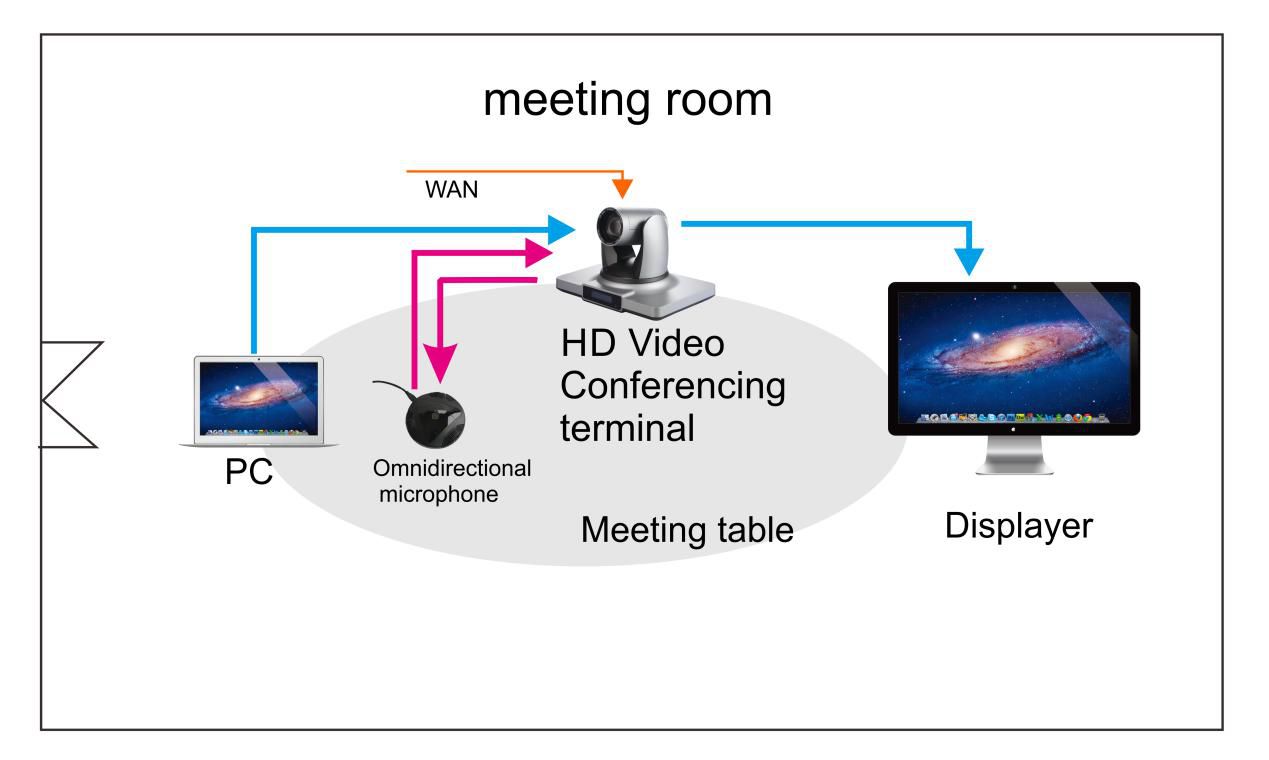
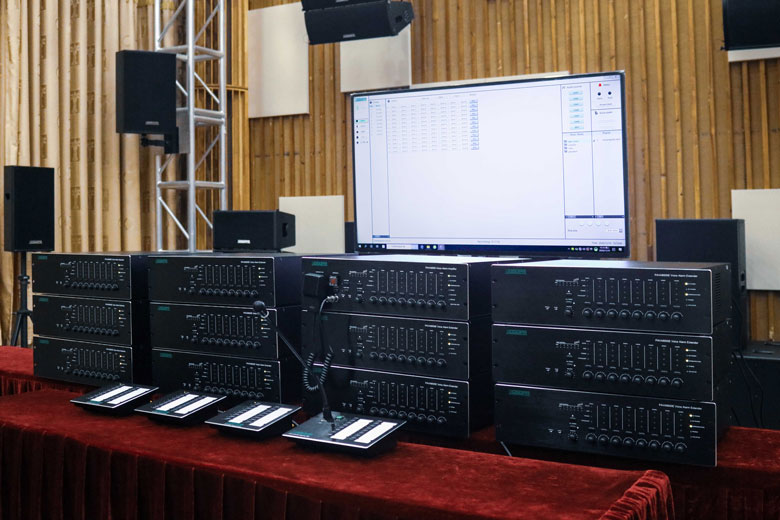 【DSPPA Demo】PAVA8000 EN54 Voice Evacuation SystemNovember 12, 2020Abstract: DSPPA PAVA8000 EN54 Voice Evacuation SystemToday, we are gonna show you a demo about our PAVA8000 EN54 Voice Evacuation System.PAVA8000EN54 Voice Evacuation System can not only support manua...view
【DSPPA Demo】PAVA8000 EN54 Voice Evacuation SystemNovember 12, 2020Abstract: DSPPA PAVA8000 EN54 Voice Evacuation SystemToday, we are gonna show you a demo about our PAVA8000 EN54 Voice Evacuation System.PAVA8000EN54 Voice Evacuation System can not only support manua...view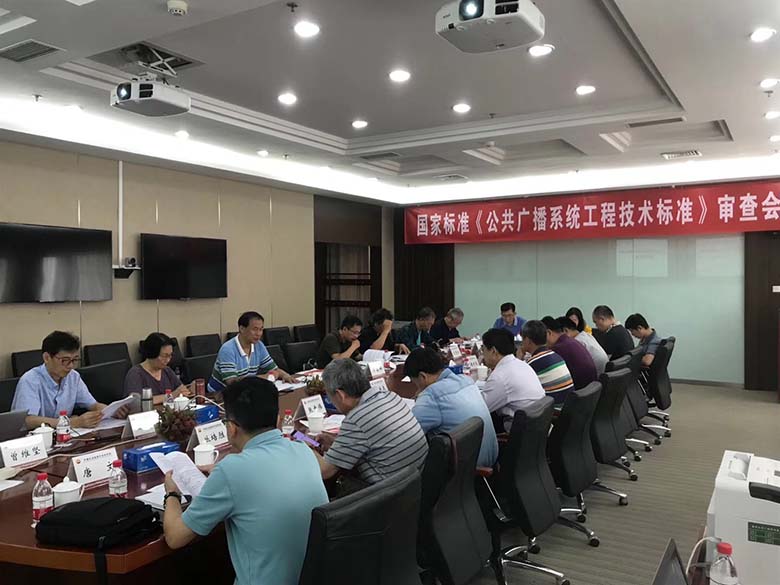 The National Standard Approval Meeting held in BeijingJuly 19, 2019The National Standard Approval Meeting held in BeijingThe approval meeting of the National StandardTechnical standard of public address system engineeringis held in Beijing on July 16, 2019. Xue Chang...view
The National Standard Approval Meeting held in BeijingJuly 19, 2019The National Standard Approval Meeting held in BeijingThe approval meeting of the National StandardTechnical standard of public address system engineeringis held in Beijing on July 16, 2019. Xue Chang...view

